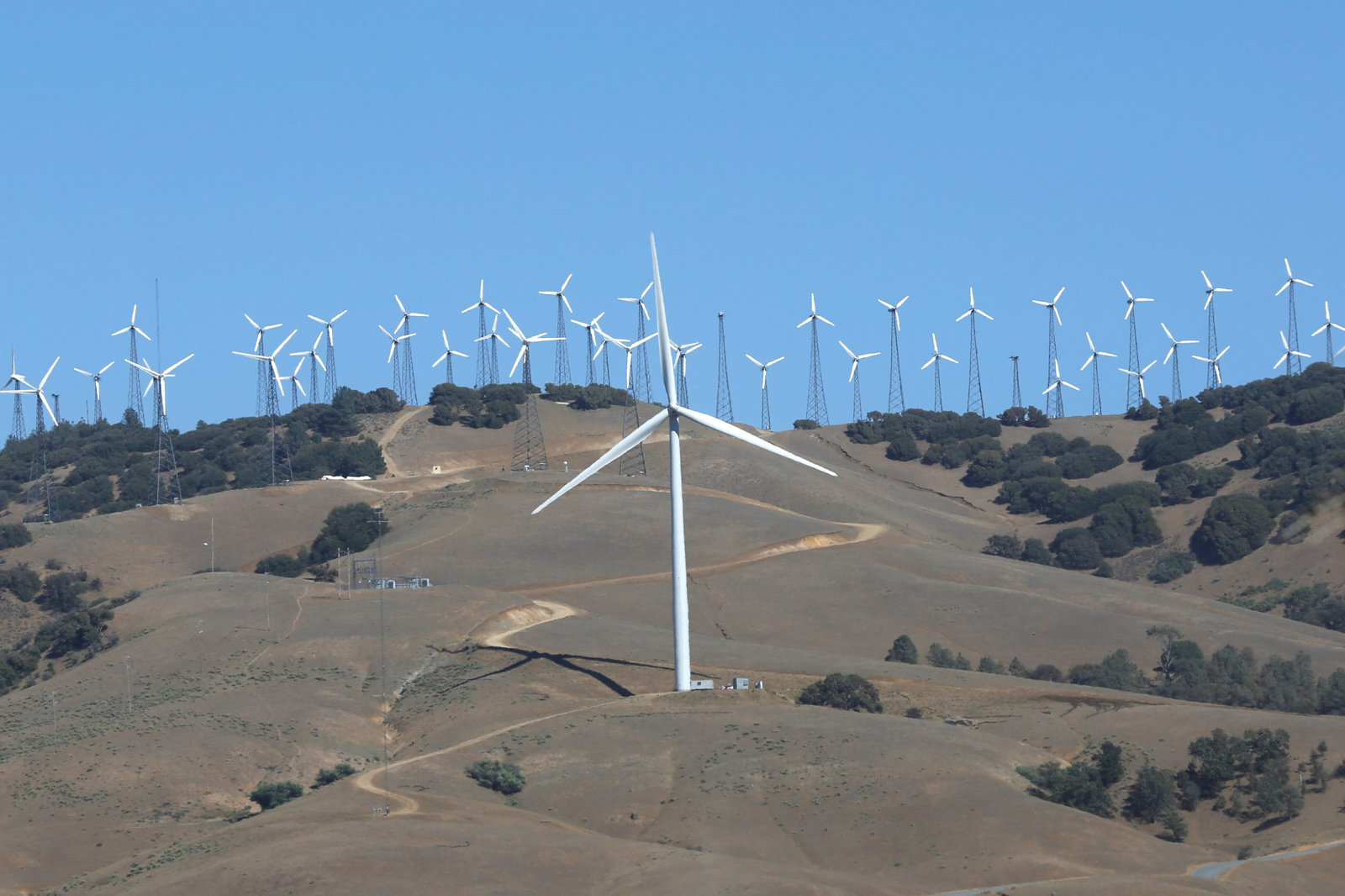In a sense, renewable energy was bound to face an uphill battle. Solar and wind power had a banner year in 2016 (16.7GW in new utility capacity), with solar power in particular setting a record for new installations. Unless that breakneck pace kept up, the 2017 figures were never going to be especially flattering. There was an important milestone, mind you. Solar and wind electricity surpassed a combined 10 percent of electricity use for the first time in March, so it’s clearly finding some use.
The environment didn’t see much benefit, mind you. CO2 emissions dropped 1 percent in 2017, which sounds fine until you realize that emissions dropped an average of 1.6 percent between 2005 and 2016. The EIA even expects emissions to increase in 2018.
The data represents a mixed bag as a result. This suggests that the Trump administration’s early efforts to prop up fossil fuels aren’t having much success, and that the market will gradually shift to renewables regardless of the White House’s intentions. However, it’s not necessarily booming to the extent it did in the past. And when the US government clearly isn’t interested in offering a helping hand, a resurgence is considerably less likely.

